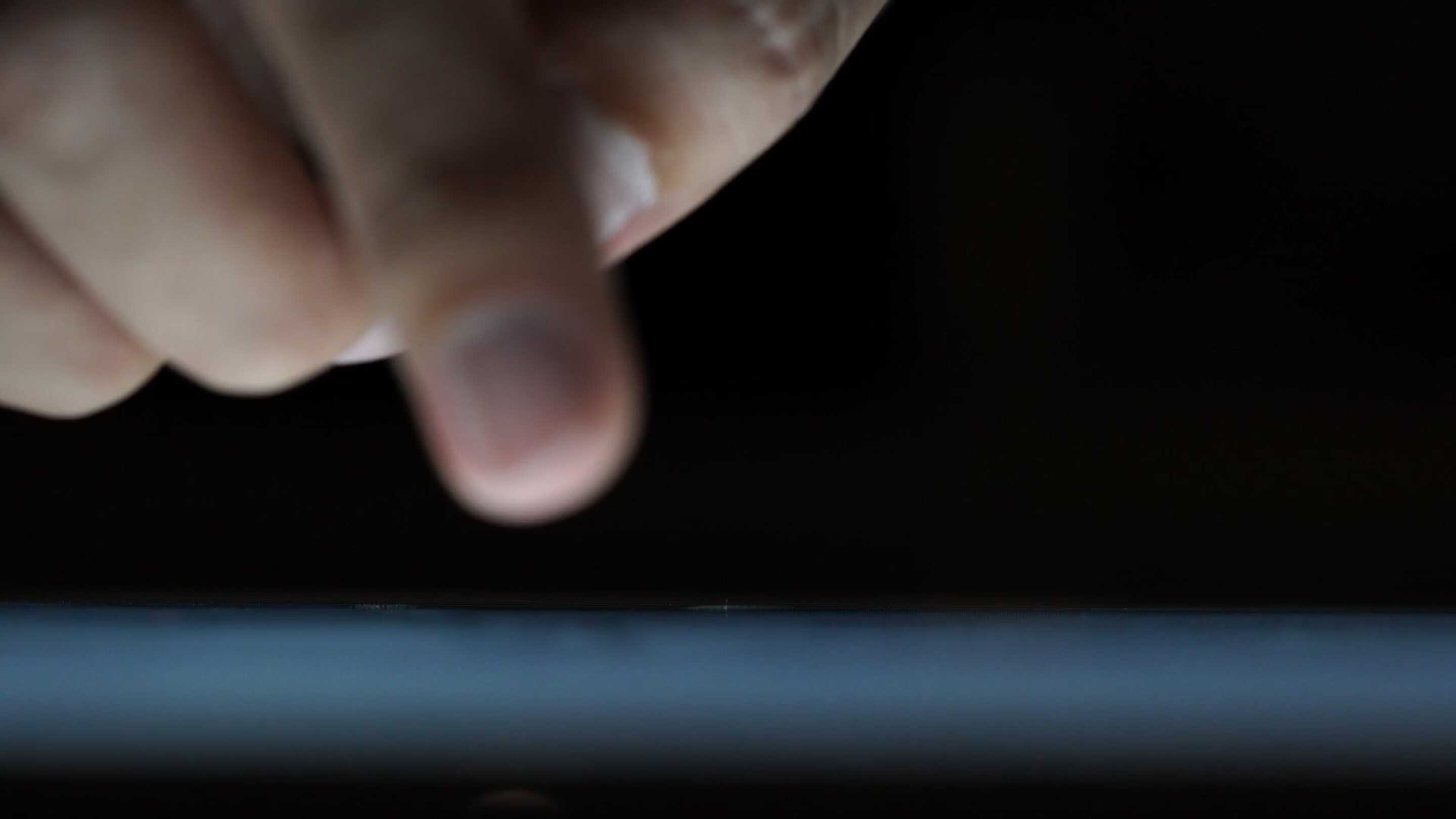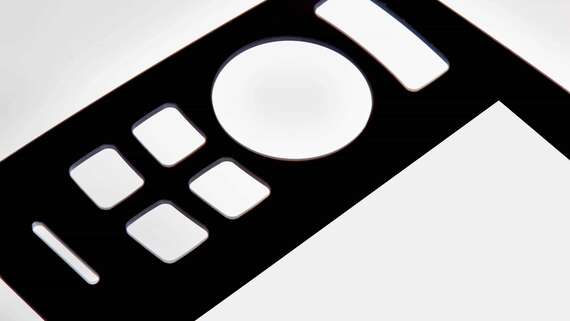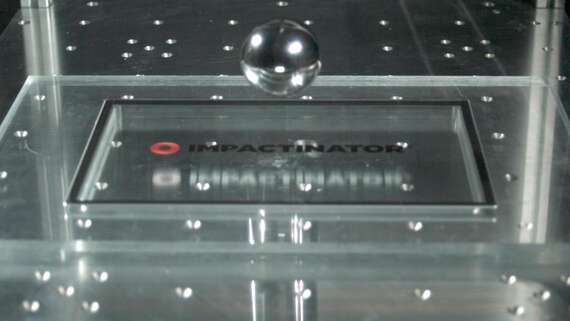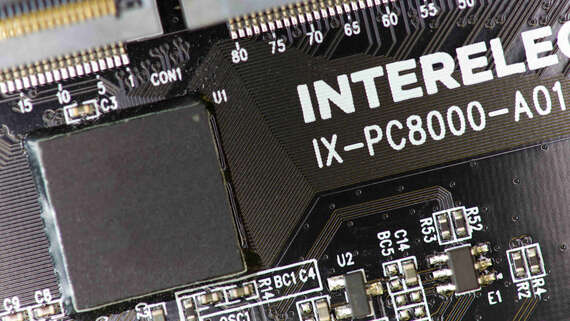

The Basics of PCAP Touch Screens
Projected capacitive touch screens, commonly abbreviated PCAP touch screens, have revolutionized the way we interact with devices. These touch screens are known for their robustness, ease of integration with protective glass, and multi-touch capabilities. Capable of detecting up to 10 fingers simultaneously, PCAP touch screens enable intuitive gesture controls such as drag-and-drop, zoom, rotate, and scroll. This multi-touch functionality sets them apart from other touch technologies, making them a popular choice for various applications.
How PCAP Technology Works
PCAP touch screens operate through a sophisticated network of electrodes made from materials such as Metal Mesh, Silver Nanowire, or ITO (Indium Tin Oxide). These electrodes project a capacitive field that extends through even thick protective glass. When a finger or stylus touches the screen, it alters the capacitive field at that point. The touch position is then calculated and communicated to the controller. This precise and responsive technology allows for seamless interaction and enhances the user experience across various devices.
Durability and Hygiene Benefits
One of the standout features of PCAP touch screens is their durability. The glass surface is particularly scratch-resistant, ensuring longevity even in demanding environments. Additionally, the screens can be cleaned with any cleaning agents, making them an excellent choice for hygienically sensitive areas such as medical facilities. This ease of maintenance without compromising functionality is a significant advantage, especially in industries where cleanliness is paramount.
Vandalism-Proof and Public Area Applications
PCAP touch screens can be enhanced with special protective glasses, making them vandalism-proof and IK10 impact resistant. This feature is especially beneficial in public areas where devices experience frequent use and are at risk of damage. By incorporating this durable protection, these touch screens are ideal for high-traffic locations like train stations, airports, and retail environments, ensuring longevity and reliability. This makes them a robust choice for any setting prone to heavy wear and potential abuse.
Aesthetic Appeal with True Flat Designs
In addition to their functional advantages, PCAP touch screens offer aesthetic benefits. They are perfect for modern True Flat designs, similar to those seen in smartphones and tablet PCs. This sleek and seamless look ensures an appealing device design, which is crucial in consumer electronics and other industries where appearance matters. At Interelectronix, we offer touchscreens that can be optically bonded as a unit with a protective glass and/or a TFT display, further enhancing both functionality and design.
Customization for Diverse Applications
One of the key strengths of PCAP technology is its flexibility and customization options. The sensitivity of the sensor can be adjusted to suit various applications. For instance, with increased sensitivity, the touch screen can be operated with gloved fingers or over a cover glass or plastic sheet. This adaptability provides additional durability, environmental resistance, and design flexibility. Such features are invaluable in industrial and outdoor settings where standard touch screens may not perform adequately.
Superior Optical Properties
PCAP touch screens are renowned for their excellent optical properties. They respond to a light touch, meaning no pressure is needed for detection, which enhances the user experience. The screens maintain high clarity and brightness, ensuring that visual content is displayed clearly and attractively. This makes them ideal for applications where display quality is critical, such as in high-end consumer electronics and professional display systems.
Advanced Technological Integration
Integrating a PCAP touch screen into a device is not as straightforward as connecting it to a controller sourced from somewhere. It requires advanced technology to measure electrostatic capacitance accurately and achieve precise locational information. Unlike resistive touch technology, PCAP systems need to be designed in tandem with their controllers. This intricate integration process ensures optimal performance and reliability, a service that Interelectronix excels in providing.
Addressing Electrical Noise
One challenge with PCAP technology is its susceptibility to electrical noise, particularly from LCDs. This noise can interfere with the touch detection mechanism. However, recent advancements have developed various methods to improve tolerance for noise, ensuring that PCAP touch screens function reliably even in electrically noisy environments. Our team at Interelectronix is well-versed in these techniques, allowing us to deliver solutions that perform consistently across different conditions.
Why Interelectronix
Choosing the right touch screen technology is crucial for the success of your product. At Interelectronix, we combine expertise, innovation, and customer-centric solutions to deliver the best PCAP touch screens tailored to your needs. Our deep understanding of PCAP technology and its applications allows us to provide insightful advice and high-quality products. Whether you’re developing a new medical device, industrial control system, or consumer gadget, our customized solutions will enhance your product’s performance and user experience. Get in touch with us today and discover how Interelectronix can help you bring your vision to life.
Understanding PCAP Technology
Projected Capacitive (PCAP) touch screens have become the gold standard in touch technology, widely used in smartphones, tablets, and an array of industrial applications. But what exactly makes them so special? PCAP sensors use a grid of conductive material to create an electrostatic field. When a finger or conductive stylus disrupts this field, the device can precisely detect the touch location. This method allows for high accuracy and multi-touch functionality, making PCAP touch screens incredibly versatile and user-friendly.
The Core Mechanics of PCAP Sensors
At the heart of PCAP technology is its ability to detect touch through an electrostatic field. This field is generated by electrodes embedded in layers of glass or film. When a finger comes close, it changes the local electrostatic field, which the controller then interprets as a touch event. This process happens in milliseconds, providing the instantaneous response users have come to expect from modern touch interfaces. The durability of the materials used in PCAP screens also contributes to their widespread adoption, ensuring they can withstand harsh conditions and heavy usage.
Advantages of PCAP Touch Screens
Why do PCAP touch screens stand out? Firstly, they offer exceptional clarity and touch sensitivity. The absence of an overlay means nothing obstructs the display, resulting in a crystal-clear image. Furthermore, PCAP screens support multi-touch gestures, enabling complex interactions such as pinching, swiping, and rotating. This multi-touch capability is particularly beneficial in applications ranging from gaming to industrial controls. Additionally, PCAP touch screens are highly durable and resistant to scratches, moisture, and contaminants, making them ideal for both consumer electronics and industrial environments.
Industrial Applications of PCAP Touch Screens
The robustness of PCAP technology makes it suitable for a wide range of industrial applications. From manufacturing floors to medical devices, PCAP screens provide the reliability and precision required in demanding settings. For example, in the medical field, devices with PCAP touch screens can be easily sanitized without damaging the screen, a critical feature in sterile environments. In manufacturing, these touch screens can withstand exposure to dust, grease, and extreme temperatures, ensuring consistent performance even in the harshest conditions.
Customization and Flexibility
One of the significant benefits of PCAP technology is its adaptability. Interelectronix offers extensive customization options to meet the specific needs of your application. Whether you need a touch screen for a rugged outdoor kiosk or a sleek, responsive interface for a high-end consumer device, we can tailor the sensor to your requirements. This flexibility extends to the design of the touch interface, allowing for various shapes, sizes, and levels of sensitivity. By customizing the touch experience, you can enhance user satisfaction and differentiate your product in the market.
Expertise in PCAP Technology
At Interelectronix, we have a deep understanding of PCAP technology and its applications. Our team of experts works closely with clients to develop touch solutions that meet their unique needs. With a focus on innovation and quality, we stay ahead of industry trends and advancements, ensuring our clients benefit from the latest developments in touch technology. Our extensive experience across various industries enables us to provide insightful advice and practical solutions, helping you navigate the complexities of integrating PCAP touch screens into your products.

Cover Glass
The glass options allow for increased surface resistance. Various processes, such as curing or laminated glass, optimize the impact and scratch resistance and at the same time ensure a high level of transparency of the panel. Polycarbonate (PC) coverslips have a high robustness - impact strength than coverslips and convince with very high resistance in the range of extreme temperatures - especially in the case of thermal shocks. However, PC is not sunlight stable and offers a much lower scratch resistance than our Impactinator® glass.

Touchscreen Robust
Our absolute specialty are robust touchscreens for use in demanding applications. Touch solutions that achieve more than IK10 can be implemented for you quickly, comfortably and reliably. Of course, we offer the complete range of services qualifying impact tests, tests and integration concepts. Benefit from our many years of experience in the field of robust and impact-resistant touchscreen solutions.

